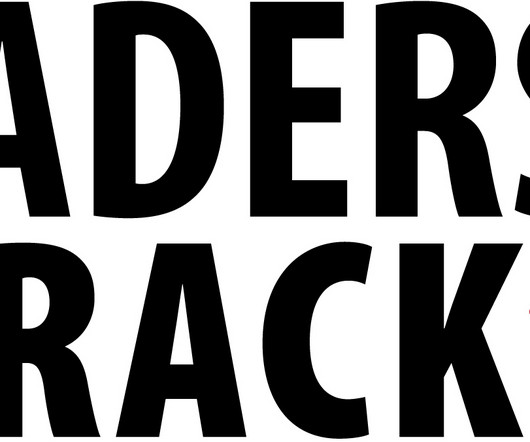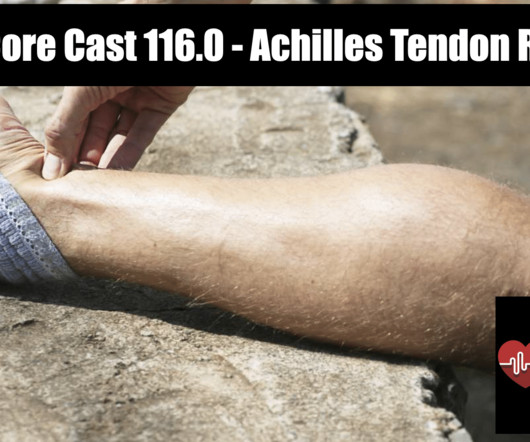Anticoagulation Reversal
Core EM
JANUARY 24, 2024
Background Around 6 million people in the U.S. are on oral anticoagulants (Ref 1) Common causes for oral anticoagulation uses include: Atrial fibrillation Venous thromboembolism Stroke Heart valve replacement The number of patients on direct oral anticoagulants is steadily increasing, and about 3% experience life-threatening bleeding annually (Ref 2) Anticoagulation status leads to increased mortality despite the availability of reversal agents in patients with severe bleeding (ref 2) Indicat
































Let's personalize your content